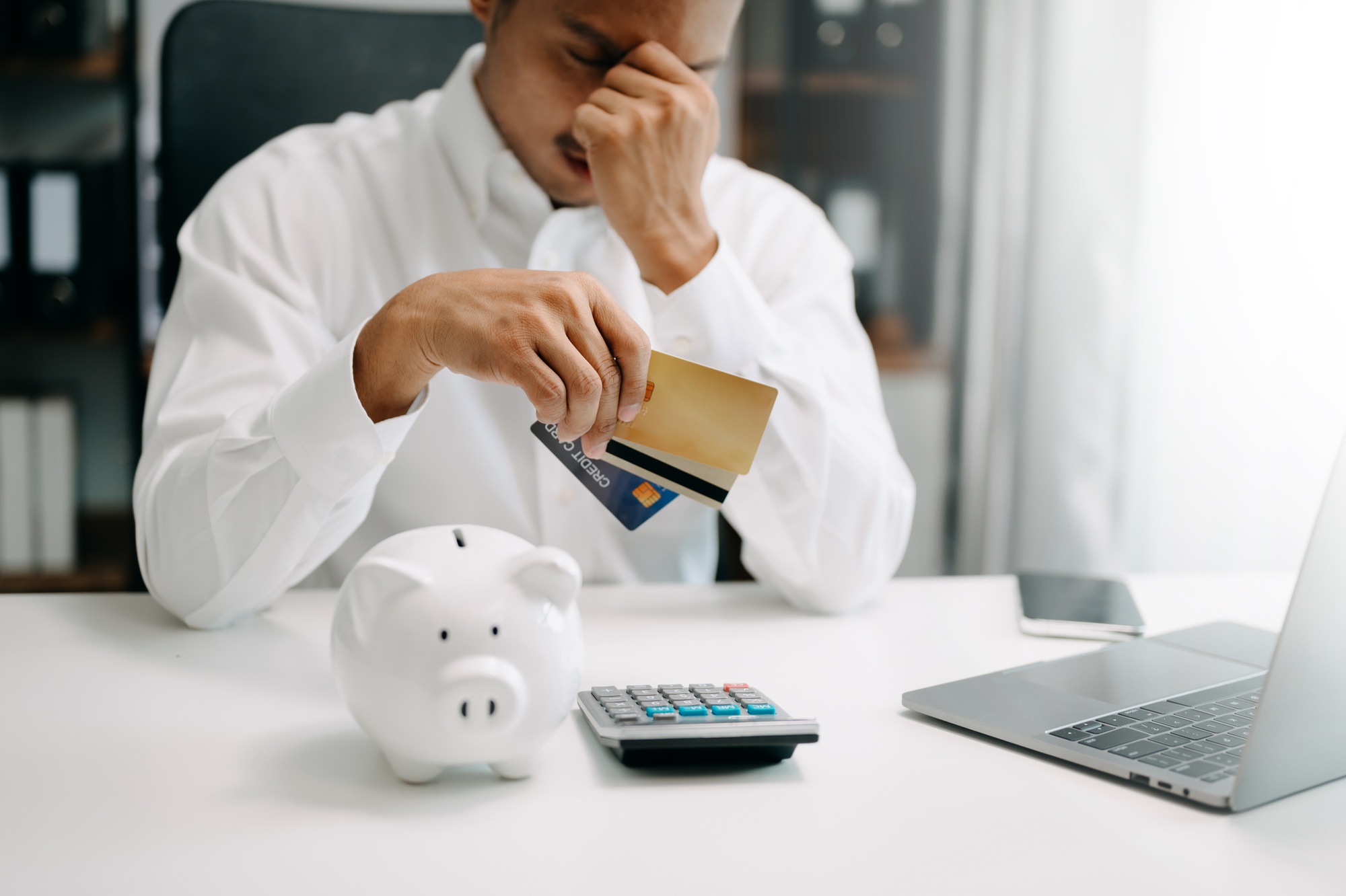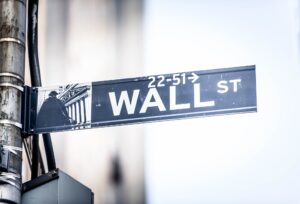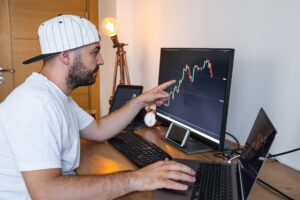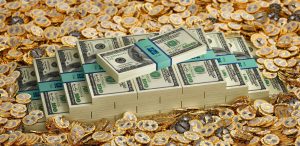A growing share of U.S. credit card users are falling deeper into debt, according to new data that shows a record number of accounts are now carrying balances month to month. The trend reflects rising consumer financial stress, even as stock markets fluctuate and broader economic indicators present a mixed picture.
As reported by credit industry analysts, nearly 56% of active credit card accounts had a revolving balance in the first quarter of 2025—the highest level since the Federal Reserve began tracking this data. This means more than half of American cardholders are not paying their full balances each month, exposing them to mounting interest costs.
According to experts, the shift has been driven by a combination of inflation, higher interest rates, and increased consumer spending, particularly on essentials like groceries, housing, and transportation. Many households are turning to credit cards to cover everyday expenses, a practice that can quickly become unsustainable when interest rates on revolving credit exceed 20% in many cases.
The trend has caught the attention of economists and regulators, especially as delinquency rates on credit cards are also rising, albeit from relatively low levels. This signals that more consumers may be struggling to meet minimum payments, a development that could ripple through the broader economy if not addressed.
Market observers have noted that this uptick in credit card debt comes at a time when equity markets remain volatile, with the S&P 500 experiencing significant swings amid shifting expectations for Federal Reserve policy. While wealthier households may benefit from portfolio gains, middle- and lower-income consumers are feeling the pinch from rising living costs and stagnant wage growth.
Financial institutions, meanwhile, are adjusting their credit models, with some banks tightening lending standards or increasing provisions for potential loan losses. According to industry insiders, the growing debt burden could constrain consumer spending in the second half of the year, slowing economic momentum just as markets look for signs of recovery.








